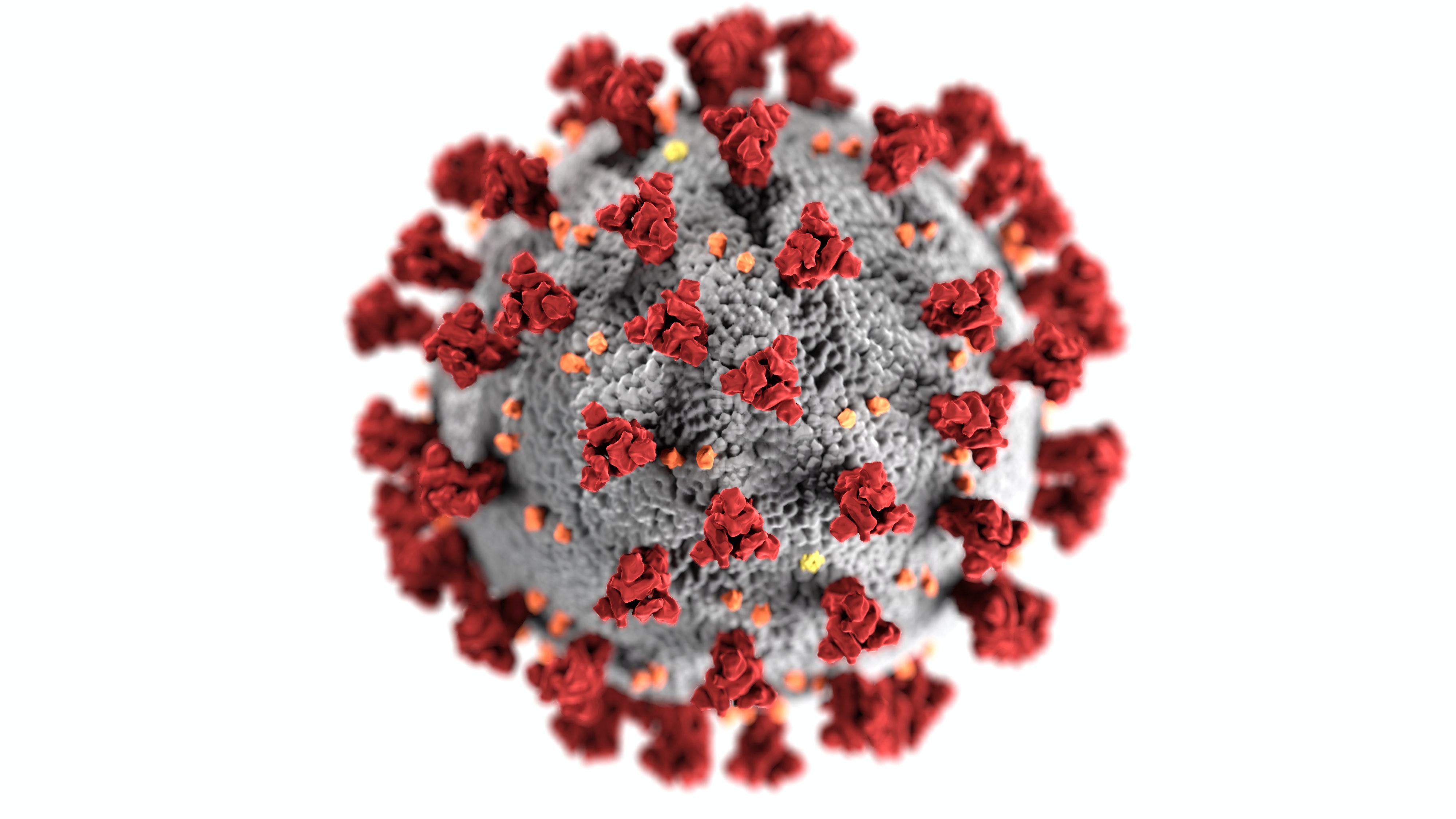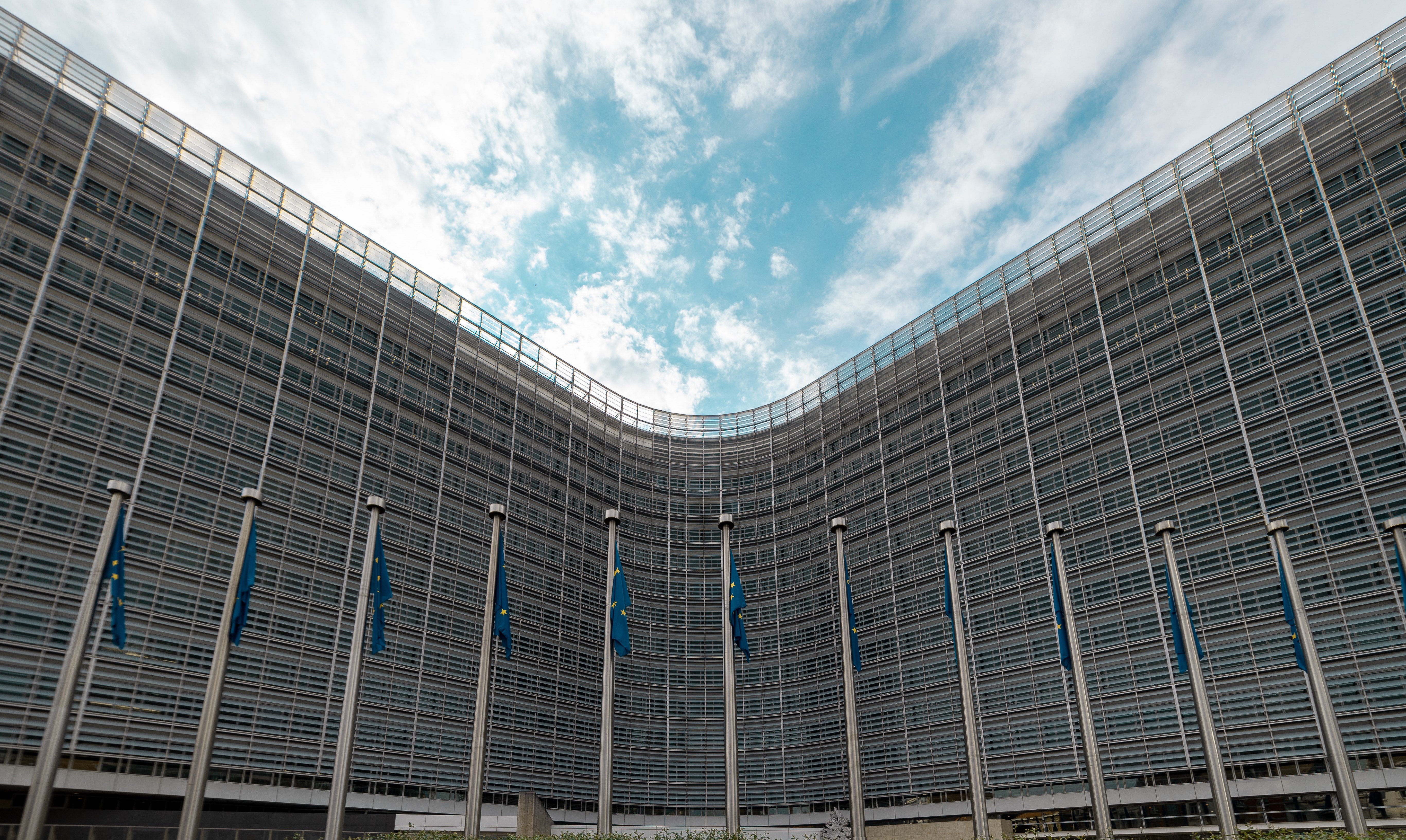In the same section
-
Share this page
Government, Policy and Technology - In Research

The great employee divide: Clustering employee «well-being» challenge during Covid-19
Jacques Bughin, Michele Cincera, Dorota Reykowska, Marcin Żyszkiewicz, Rafal Ohme
The Covid-19 pandemic has triggered unprecedented levels of disruption and stress for workers. Still, little is relatively known about the state of mind of the workforce, even if its well-being is increasingly recognized as a driver of productivity. This paper encompasses multiple forms of stress - health, economic, social, and psychological – faced by the workforce, and demonstrates that not only have workers been facing large levels of stress during the Covid-19 pandemic beyond health issues, but that stress is not uniformly distributed among workers. While it is known that Covid-19 has been building a divide between remote and on-site workers, we uncover a much larger divide than the ones induced by work location alone, with the divide being due to different perceptions of mix and level of worries. Human resources practices may have to be much more personalized and include all forms of stress to diagnose the level of workers’ state of fragility if they wish to create a much more resilient and productive workforce.
Read the paper.
©Picjumb / Pexels

Perceptive risk clusters of European citizens and NPI compliance in face of the Covid-19 pandemics
Jacques Bughin, Michele Cincera, Dorota Reykowska, Marcin Żyszkiewicz, Rafal Ohme
Despite promising announcements on an effective vaccine, the control of the Covid-19 pandemic is critically dependent on the maximum compliance of citizens to a set of non-pharmaceutical interventions (NPI for short). We use statistical clustering to partition European citizens with regards to their perceptive risks and social attitudes during the first wave of the Covid-19 pandemic and find ten segments to predict, both the extent and mix of protective behaviors adopted. Those segments demonstrate a clear divide in the population, with on one extreme, a segment (representing 8% of the population) that is self-centered and exhibits low self-risk perception as well as low NPI compliance. The other extreme is a segment representing 11% of the population that is more socially oriented, and quite responsive to all protective measures. Since the data is survey-based, we adjusted responses based on information gap (by reaction time measurement) of both worry expression and NPI compliance, to confirm the robustness of our results. Further, we extend the notion of worries to be not only health-related but to include financial risk (like losing a job) as well as psychological worries (e.g., feeling alone, or being unable to meet with family and friends), as they prove to drive different NPI behaviors among the population.Read the paper.
©CDC / Pexels

Make it or break it: Vaccination intent at the time of Covid-19
Jacques Bughin, Michele Cincera, Kelly Peters, Dorota Reykowska, Marcin Żyszkiewicz, Rafal Ohme
This research updates early studies on the intention to be vaccinated against the Covid-19 virus among a representative sample of adults in 6 European countries (France, Germany, Italy, Spain, Sweden, and the UK) and differentiated by groups of “acceptors”, “refusers”, and “ hesitant”. The research relies on a set of traditional logistic and more complex classification techniques such as Neural Networks and Random Forest techniques to determine common predictors of vaccination preferences. The findings highlight that socio-demographics are not a reliable measure of vaccination propensity, after one controls for different risk perceptions, and illustrate the key role of institutional and peer trust for vaccination success. Policymakers must build vaccine promotion techniques differentiated according to “acceptors”, “refusers”, and “ hesitant”, while restoring much larger trust in their actions upfront since the pandemics if one wishes the vaccination coverage to close part of the gap to the level of herd immunity.Read the paper.
©Karolina Grabowska / Pexels

Eureka Impact Study
Joanneum Research and Professor Michele Cincera
Socio-economic impact of the Eureka program, the world’s biggest public network for international cooperation in R&D and innovation, present in over 45 countries.
This major study, carried out by a consortium led by Prognos AG and its research partners, Joanneum Research and Professor Michele Cincera (Université libre de Bruxelles), focused on the impact of EUREKA grant-based support to companies in the period 2001-2015.
Member countries mobilized an estimated € 11.2billion in project costs for Network and Cluster projects in this period. The methodology involved analyzing the performance of 3,096 participating companies, compared to a control group of 54,814 ones, and employed counterfactual econometric methods (using a difference-indifferences design) alongside surveys and interviews.
©ThisIsEngineering / Pexels

State aids’ rules for Research & Development & Innovation in the EU
By Michele Cincera
Europe's weaker economic growth is largely due by lower levels of investment in Research, Development & innovation (RDI). One of the key aims of the European Union (EU) during the last couple of decades has been to encourage increasing levels of investment in RDI , in order to provide a stimulus to the EU’s competitiveness.
Read the paper.

Fast Track to Innovation Pilot (2015-2016) Final Evaluation
Ingo Rollwagen, Michele Cincera, Lorenzo Costantino, Jan Franke, Katerina Kalligatsi, Ewa Mińska-Struzik, Elisabetta Russo
This report presents an assessment of the Fast Track Innovation pilot (FTI pilot) programme, and the underlying rationale for intervention. The major finding of this final evaluation of FTI pilot is that the programme is highly relevant to the broad policy goals of H2020 to promote innovation and its application. The FTI pilot is the only fully-bottom-up measure in Horizon 2020 promoting close-to-the-market innovation activities that is open to all types of participants. Since its inception, it has thus seen a strong participation of private for-profit entities and attracted newcomers to European research, development and innovation funding. The present study suggests that FTI funding supported the development of high-risk projects with EU value-added and potential for breakthrough innovation. In line with Horizon 2020 programme objectives, FTI is also offering solutions to address particular societal challenges. Yet, like other parts of Horizon 2020, budget limitations for the pilot led to a very low success rate, which was criticised by applicants and all other stakeholders.Read the report.
©Guillaume Meurice / Pexels

Macro-economic determinants of brain drain in the EU: An empirical gravity model approach
Michele Cincera, Christophe Colassin, Ela Ince
A study on the factors of the brain drain of researchers in the EU for the European Commission.
Read the report.
©Canva Studio / Pexels

Trade disruption, industrialisation and the setting sun of british colonial rule in India
By Brey Björn
Towards the end of the 19th century, the technologies of the British industrial revolution began to spread to countries outside Europe and the USA. While colonial India was no exception, her industrial performance in this period was unimpressive, particularly if compared to European offshoots such as Australia and Canada, but also if compared to a Japanese colony such as Korea (Kohli, 2004). A long-standing argument made both by nationalist politicians and prominent economic historians (Nehru, 1947; Bairoch, 1989) blames this modest performance on British trade policy. By keeping India open to imports of cheap British manufactures, they argued, the imperial power made it excessively hard for Indian industry to emerge. This argument is supported by the observation that Australia and Canada, by then substantially independent colonies, decided to protect their nascent industry behind a high tariff wall. Indeed, economists have found that countries with higher industrial tariffs industrialised faster in this period (Lehman and O’Rourke, 2012).
Read the paper.

Covid vaccination experiences
By Mathias Dewtripont, - Centre for Economic Policy Research
As of the second half of September 2021, most European countries are taking decisions about (i) how forcefully to address vaccine hesitancy, and (ii) which non-pharmaceutical interventions (NPIs) to maintain at a time where hospitalisations and deaths have been reduced by vaccination but could pick up with increased societal contacts and worsening weather. On vaccination, availability of vaccines and the logistics of delivery are no longer binding constraints for rich countries for now. The approval of multiple effective covid vaccines in record time represents a big success for our biomedical innovation ecosystem.2 Of course, the fact that, at this point, only 2% of citizens of low-income countries have received at least one vaccine dose is very worrisome and should be addressed at the global level. High-income countries have an overwhelming ethical responsibility, for the common good and also for their self-interest, to decrease the probability of the emergence of new variants against which current vaccines could be ineffective.
Read the paper.
